Solved Examples from CENGAGE CHEMISTRY Chapter 6 CHEMICAL BONDING AND MOLECULAR STRUCTURE for Class 11
| Class 11 | CHEMISTRY |
| Chapter | CHEMICAL BONDING AND MOLECULAR STRUCTURE |
| CENGAGE CHEMISTRY | Solved Examples |
| Medium | English |
| Academic Year | 2023-2024 |
Question 1
Construct a table comparing metals with non-metals in terms of
(a) The sign of the charges possible on monoatomic ions
(b) The possibility of reaction with other elements of the same class
(c ) The range of the possible number of valence electrons
(d) The ability of the elecments to conduct electricity in the elementary state .View SolutionQuestion 2
In which of the following compounds is the bonding essentially ionic in which is the bonding essentially covalent, and in which are both types of bonding represented ?
(i) C2H5OH (ii) NaBr (iii) Ba(CN)2 (iv) (NH4)2S (v) PCI3
(b) Write the formula for a compound of CI which contains (i) Ionic bonds only (ii) Ionic and covalent bonds and (iii) Covalent bonds only
(c ) Covalent bonds are called directional while ionic bonds are called non-directional Explain .View SolutionQuestion 3
Pure liquid H2SO4 solidifies below 10.4∘C Neither the pure liquid nor the solid conducts electricity however, aqueous solution of H2SO4 conducts electricity
Solid Na2SO4 which melts at 884∘C does not conduct electricity, but molten Na2SO4 as well as aqueous solutions of Na2SO4 conduct electricity Explain the difference in properties between pure Na2SO4 and H2SO4 .View SolutionQuestion 7
Distinguish between a polar bond and a polar molecule To which does the term dipole refer?
(b) Which is having the higher b.pt: Br2 or ICI
(c ) Can a molecule have a dipole moment if it has no polar covalent bonds
(ii) How is it possible for a molecule to have polar bonds but no dipole moment?
(d) Arrange in decreasing polarity of bonds SbH3,AsH3,PH3,NH3 , .View SolutionQuestion 8
The decreasing order of dipole moment of SO2>NH3>AsH3>BF3>CO2(μ=0) What can be concluded about the shapes of the molecules ?
(b) What is the value of ID in SI unic
(c ) The dipole moment of HBr is 2.60×1030Cm and the interatomic spacing is 1.41A What is the percentage of ionic character of HBr ? .View SolutionQuestion 13
Compare the shapes of p-orbital and sp-hybrid orbital Which on has a greater directional orientation ?
(b) What are the hybridisation state of each C-atom in the following molecules ?
(i) Benzene (ii) CH3CH2CH2CH3
(iii) HC≡CH
(iv) CH2=CH−CH=CH2
(v) CH3−CH=CH−CH3
(c ) What hybidisation is expected on the central atom of each of the following molecules ?
(d) (i) Which molecule AX3,AX4,AX5,AX6 is likely to have to a trigonal bipyramid structure
(ii) If the central atom A has no lone pairs, what type of hybridisation will it have .View SolutionQuestion 14
Complete the following table
(b) Which of the sets of hybridised orbitals spsp2,sp3,dsp3,d2,sp3,sp3d2 do (does) not maximise the angles between electron pairs ?
(c ) Fluorine molecule is formed by the overlap of __
(d) Predict the shapes of the following species and desribe the type of hybrid orbitals on the central atom
(i) PbCI4, (ii) N2CI4 ,(iii) PCI3 ,(iv) BHΘ4,(v)SbFΘ6
(e) How many σ and π bonds are present in a benzene molecule ? .
 View Solution
View SolutionQuestion 15
What is the number of molecular orbitals obtained by mixing of two atomic orbitals ?
(b) Out of F2 and OF which of these molecules is (are) paramagnetic
(ii) Which should be more stable towards dissociation into atoms OF or F2
(c ) Explain why NO⊕ is more stable towards dissociation into atoms than NO whereas CO⊕ is less stable than CO
(d) Predict whether He⊕2 ion in its electronic ground state is stable towards dissociation into he and He⊕ .View SolutionQuestion 16
Compare and contrast the concepts of hybrid orbitals and molecular orbitals with respect to
(i) The number of atoms involved
(ii) The number of orbitals produced from a given number of ground state orbitals
(iii) The energies of the resulting orbitals with respect to one another
(b) Distinguish between non-bonding and antibonding orbitals
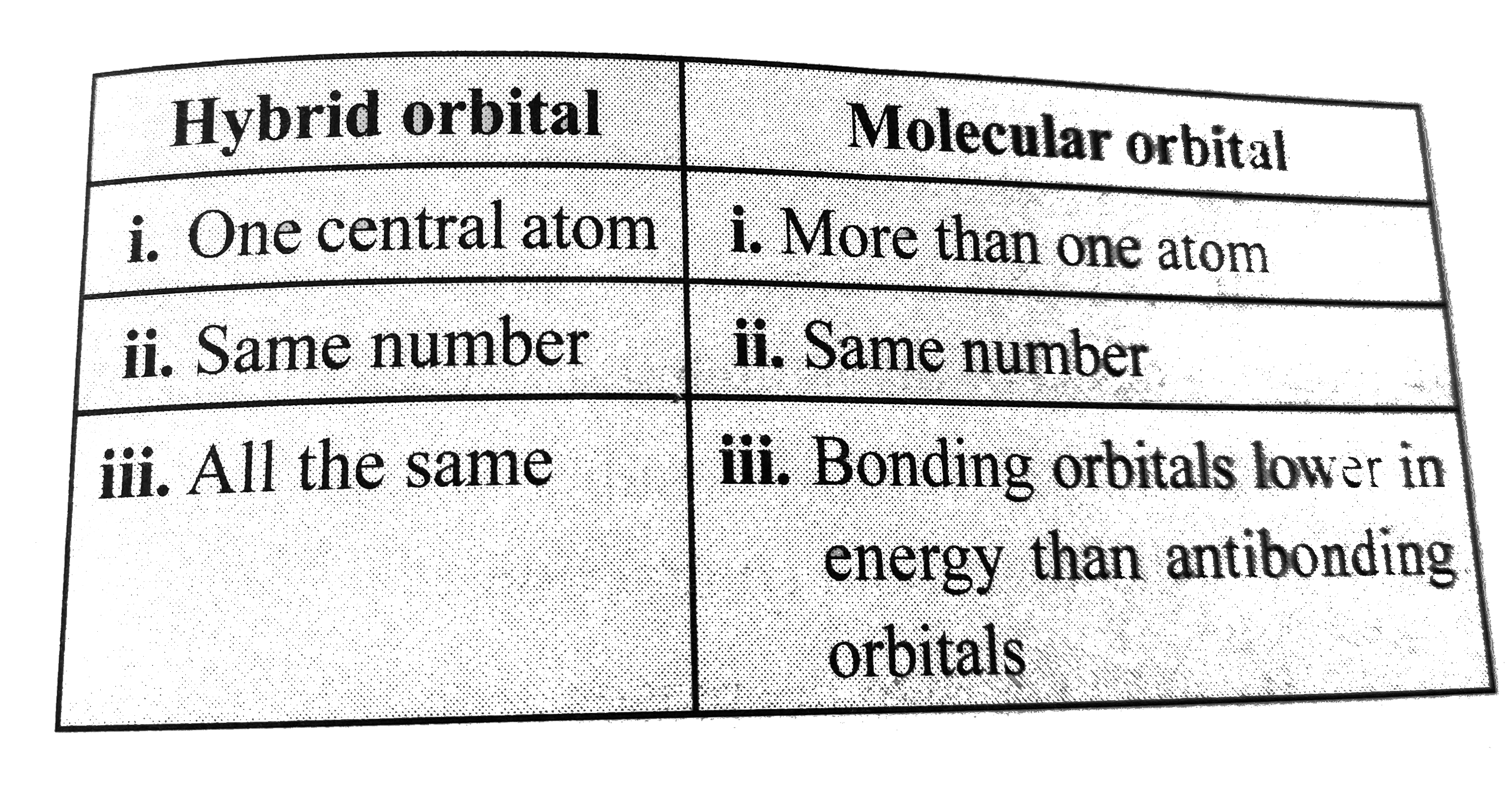 .View Solution
.View SolutionQuestion 17
State the bond order and indicate whether the species is paramagnetic
(i) B2 (ii) C2 (iii) N2
(iv) O2 (v) Br2 (vi) CI⊕2
Which of the following molecules has the highest bond order
(i) Ne2 (ii) F2
(c) Explain why N2 has a greater dissociation energy than N⊕2, whereas O2 has a lower dissociation energy tnan O⊕2
(b) The bonding σ 2s orbital has a higher energy than the antibonding σ∗ 1s orbitals Why is the former a bonding orbital while the latter is an antibonding .View SolutionQuestion 18
Which properties of element depend on the electronic configuration of atoms and which do not
(b) Why the chemical properties of a group are similar Why do they not have identical properties
(c ) Account for the great chemical similarity of the lanthanoid elements (Z =57 to 71)
(d) Select the largest species in each group
(i) Ti2,Ti+3 (ii) FΘ,Ne,Na⊕
(e) Select the species with the largest IE in each group
(i )na,K,Rb (ii) F,Ne,Na
(f) Which ion has the smallest radius Li⊕,Na⊕,K⊕Be+2,Mg+2
(g) Select among the element that has the lowest and highest IE K,Ca,Se,B,Kr,
(h) The ionic radii of S2− and Te2− are and 220 pm respectively Predict the ionic radius of Se2− and for p3−
(i) In the ionic compound KF the K⊕ and F⊕ have practically identical radii, about 134 pm each. Predict the relative atomic radii of 1K and F .View SolutionQuestion 19
Select from each of the following gropus, the one which has the largest radius
(i) Co,Co2+,Co3+ (ii) S2−,Ar,K⊕ (iii) Li,Na,Rb
(iv) C,N,O (v) Ne,Na,Mg (vi) La,Lu
(vii) Cu,Ag,Au (viii) Ba,Hr
(ix) Mg,naNa⊕,Mg+2,Al
(b) IE1 of C is 11.2eV What would be the value of iE1 of Si to be greater or less than this amount ?
(c) IE1 of Li and K are 5.4 and 4.3eV respectively What would be the value of IE1 of P ?
(d) IE1 of Na? .
(e) The IE' s of Li, Be and C are 5.4,9.3 and 11.3eV What would be the value of IE s of B and N ?
(f) Which of these elements have the lowest IE1 Sr, As, Xe, S,F ?
(g) Select from each of the following group the element which has the largest IE
(i) Na,P,CI (ii) He,Ne,Ar (iii) O,F,Na
(h) Arrange the species in each group in order of decreasing IE' s and in each case explain the reason for the sequence
(i) K,Rb,Cs
(ii) Be,B,C (iii) Cu,Ag,Au ?
(iv) C,N,O (v) N,O,F (vi) K,Ca,Sc
(vii) Na,Mg,AI (viii) Fe,Fe+2,Fe+3 (ix) K⊕,Ar,CIΘ
(i) Explain why IE1 of Cu is higher than that of K whereas IE2 are in reverse order
(j) Account for the difference in IE
(i) between K⊕ and Ca⊕
(ii) between Cu⊕ and Zn⊕
(k) Ionisation potential is an old term for ionisation energy. Explain why yhe two are synonymous ? .View SolutionQuestion 20
Give the decreasing order of the property mentioned against each of the following
C2H2,BF3,H2O,NH3,CH4 (bond angle)
(b) NH3,ΘNH2,⊕NH4 (bond angle)
( c) K−F,Li−CI,Na−I,Br−H,F−H,C−H (ionic character)
(d) NH3,PH3 (bond angle)
(e) NF3,NH3 (dipole mement)
(f) CH3CI,CH2CI2,CHCI3,CCI4 (dipole moment)
(g) MgO,CaO (hardness)
(h) HCI,HBr (ionic characacter)
(i) NO2,NO⊕2NOΘ2 (bond angle)
(j) CI2,O2,F2,N2 (bond strenght)
(k) O,N,F,CI,S (strength of H - bonging)
(I) N2,N⊕2,NΘ2,N2−2 (order of stability)
(m) O2+2,O2,O⊕2,OΘ2O2−2 (order of stability)
(n) N2,F2,O2,H2 (bond lenght) . View SolutionQuestion 21
Answer the following
(a) How many σ,π non - bonding electrons present in
(i) P4O6 (ii) P4O10
(b) Which of the following are isostructural and isocelectonic ?
NO3,CO2−3,CIOΘ3,SO3
(c ) Why CO2 and SO2 are not isostructural ?
(d) Why PCI5 dissociate to give PCI3 and CI4 whereas SF6 does not dissociate to give SF4 and F2 on heating ?
(e) Discuss the shapes of molecular orbitals formed by the combination of the following atomic orbitals
(i) 2pz and 2pz (ii) 2px and 2px
(f) Why IF7 dissociate to give IF2+52F2 not IF2+F2 Expalin
(g) Why axial bonds of PCI5 are longer than equatorial bonds ?
(h) BHΘ4 and ⊕NH4 are isolobal Explain
(i) Name the anion which is isostructural with BF3 (j) Name the cation which is isostructural with CH4
(k) Which of the following alkali metal chlorides is expected th have the highest melting point
(i) LiCI (ii) KCI (iii) RbCI (iv) NaCI .View SolutionQuestion 22
Explain
(a )Which d-orbital in involved in
(i) sp3d hybridisation (ii) sp3d2 hybridisation
(iii) dsp2 hybridisation (iv) sp3d3 hybridisation
(b) Why H2O is liquid while H2S is gas
(c ) Why KHF2 exists but KHCI2 does not
(d) Benzene ring contains alternate single and double bonds yet all the C−C bonds are of equal lenght why
(e) Out of P−F,CI−F,S−F and F−F bonds, which bond is the least ionic? .View SolutionQuestion 26
Calculate the I-I distance in each of the three isomeric diiodobenzenes Assume that the ring is a regular hexagon and that each C−I bonds lies on a line through the centre of the hexagon .
Given C−I bond length =210 pm
The distance between two adjacent C-atom (i.e C-C)
=140 pm
 .View Solution
.View SolutionQuestion 29
The CI−O bond distance in CIOΘ4 is 144pm What do you conclude about the structure of this ion ?
(b) The POCI3 molecule has the shape of an irregular tetrahedron with the P atom located centrally The CI−P−CI angle is found to be 1035∘ Give a qualitative explanation for the deviation of this structure from a regular tetrahedron .View SolutionQuestion 35
Make a table giving (i) number of orbitals with a given energy (ii) maximum number of electrons per orbital and (iii) maximum number of electrons per orbital and (iii) maximum number of electrons at a given energu for the following types of orbitals
(a) s
(b) p (c ) sp2 (d) sp3
(e) σ (f) σ∗ (g) π∗ .View Solution
All Exercises from CENGAGE CHEMISTRY Class 11 CHEMISTRY CHEMICAL BONDING AND MOLECULAR STRUCTURE
- Archives Fill In The Blanks
- Archives Integer
- Archives Multiple Correct
- Archives Single Correct
- Archives Subjective
- Archives True/False
- Ex 2 .2 Objective
- Ex 2 .2 Subjective (Intermolecular Forces And H-Bonding)
- Ex 2 .2 Subjective (Molecular Orbital Theory)
- Exercises Assetion Reasoning
- Exercises Fill In The Blanks
- Exercises Integer
- Exercises Linked Comprehension
- Exercises Multiple Correct (Dipole Moment)
- Exercises Multiple Correct (Miscellaneous)
- Exercises Multiple Correct(Bond Angle )
- Exercises Multiple Correct(Chemical Bonding )
- Exercises Multiple Correct(Hybridisation)
- Exercises Multiple Correct(Hydrogen Bonding)
- Exercises Multiple Correct(Molecular Orbitaltheory (Mot))
- Exercises Single Correct (Bond Angle)
- Exercises Single Correct (Chemical Bonding)
- Exercises Single Correct (Dipole Moment)
- Exercises Single Correct (Hybridisation)
- Exercises Single Correct (Miscellaneous)
- Exercises Single Correct (Molecular Orbital Theory (Mot))
- Exercises Single Correct (Resonance And Formal Charges)
- Exercises True/False
- Illustration
- Solved Examples

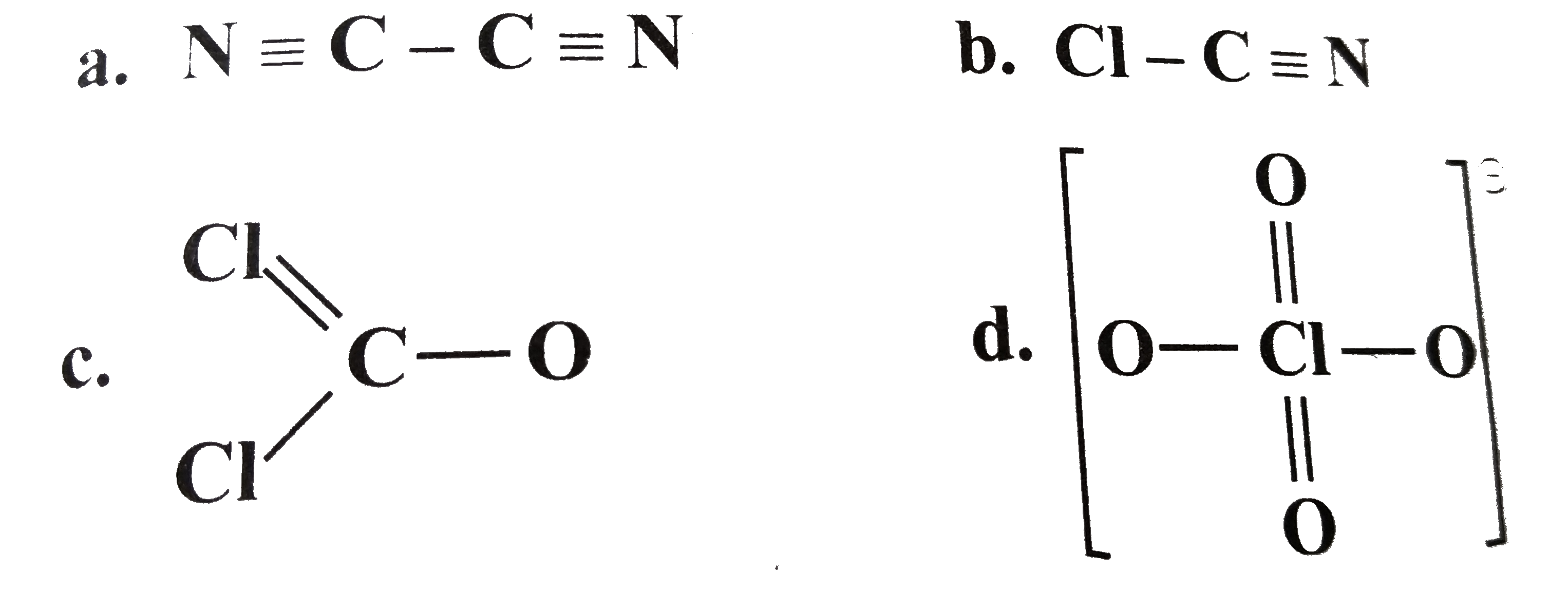
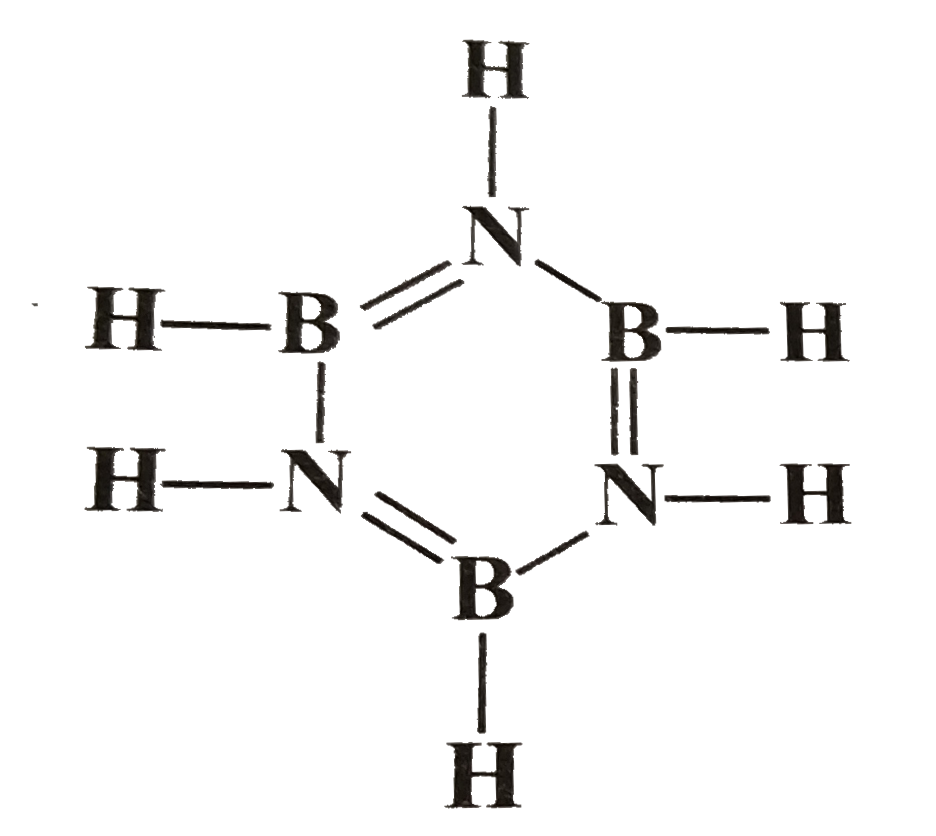 .
.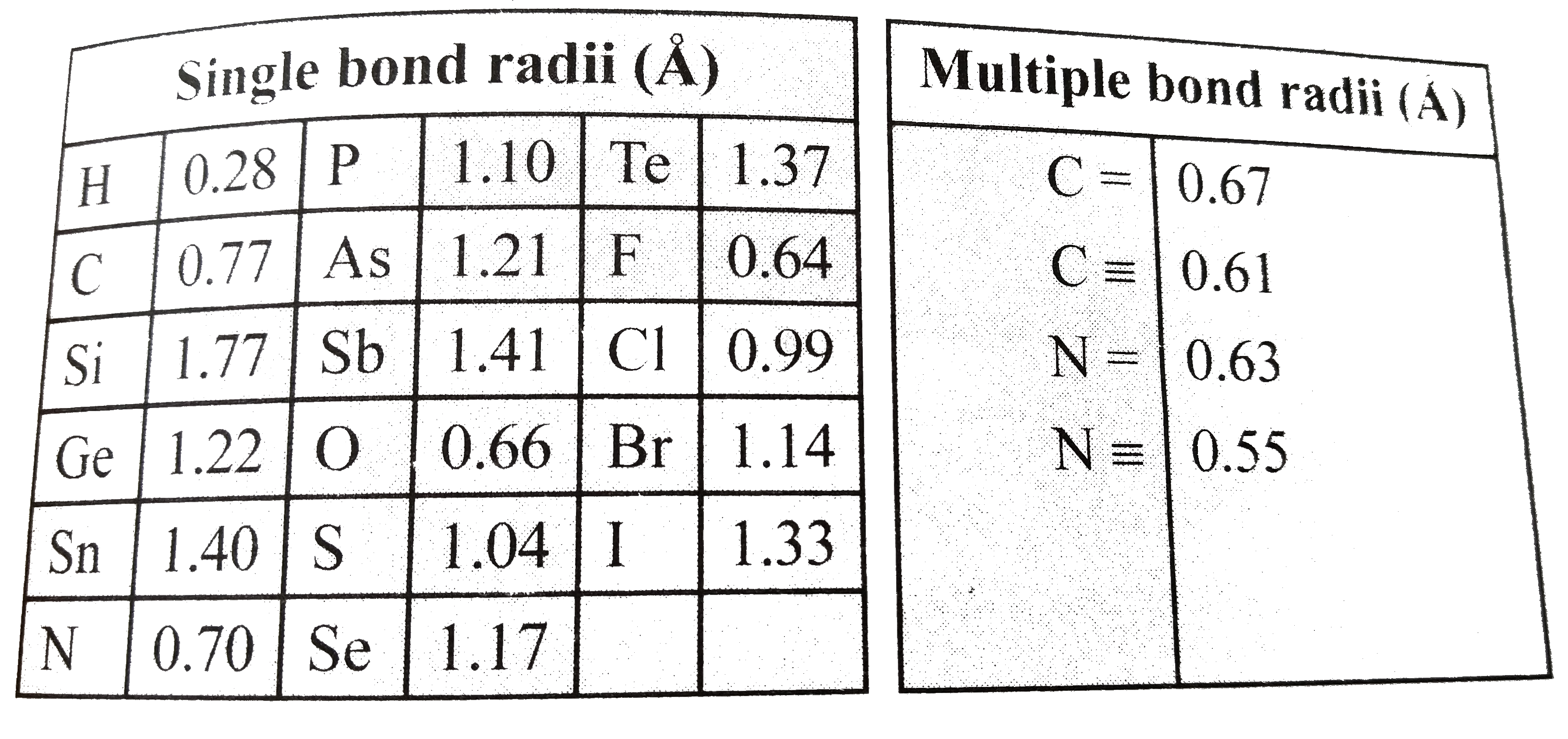 .
.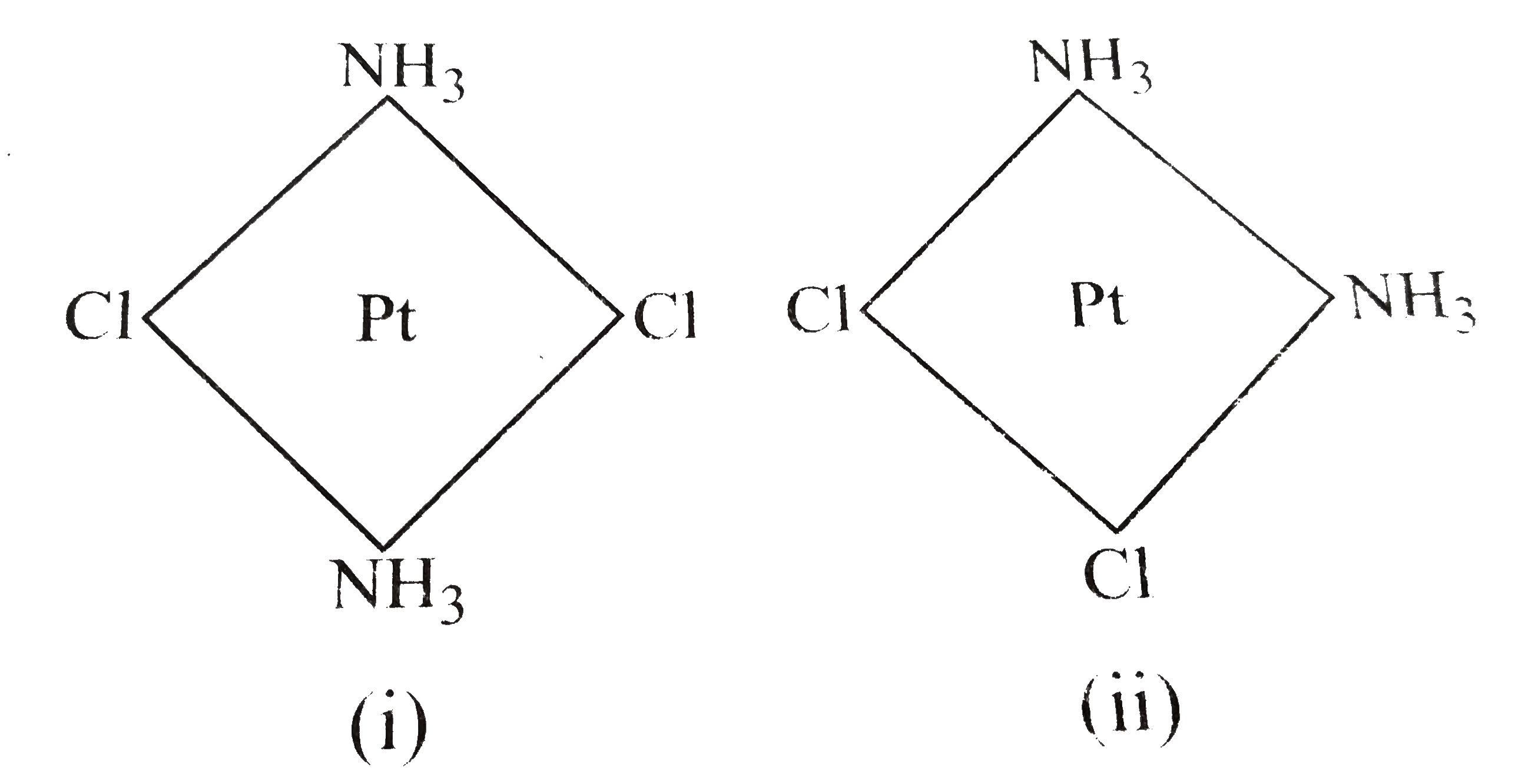 .
. .
.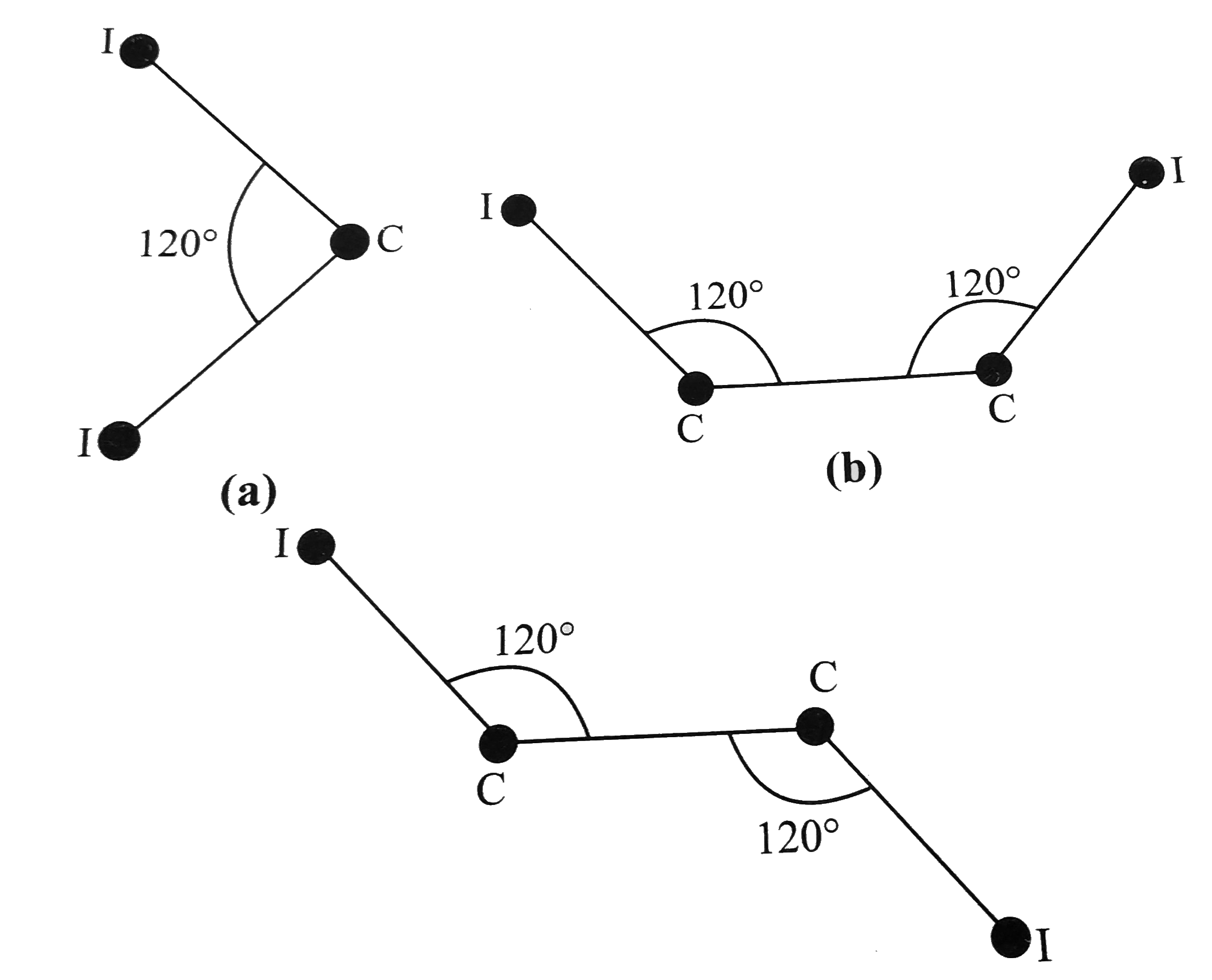

 .
.